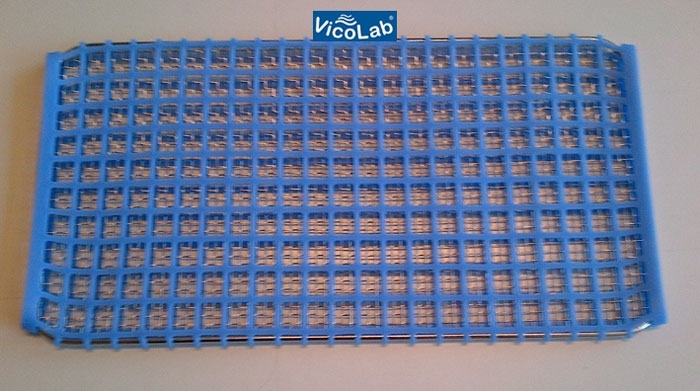Dual Testing Recommended for Diabetic Children
By LabMedica International staff writers
Posted on 17 May 2011
The hemoglobin A1C (HbA1C) blood test should be used in conjunction with the oral glucose tolerance test for screening overweight children for diabetes. Posted on 17 May 2011
Although the glycosalated HbA1C blood test is easier on the patient, as it does not require fasting, it may not be sensitive to catch overweight children who are at a high risk of developing type 2 diabetes.
Scientists at the Children's Mercy Hospital (Kansas City, MO, USA) evaluated the charts of 629 overweight and adolescent patients who had both the HbA1c and an oral glucose test. They found that 40% of type 2 diabetes patients and 67% of high-risk patients identified through the oral glucose tolerance test would have shown a normal glycemic status if only the hemoglobin A1C test were used to diagnose them. Nearly nine out of ten patients had normal blood glucose levels according to their hemoglobin A1C results.
The study found that the recommended blood test may not be enough to detect type 2 diabetes in overweight children, missing more than two-thirds of children at high-risk for the condition. The investigators found that performing two tests, both the recommended hemoglobin A1C test and an oral glucose tolerance test, could dramatically reduce the risk of delayed diagnosis in overweight children.
Wayne Moore, MD, PhD, chief and medical director of the endocrine/diabetes section at Children's Mercy Hospital, said, "Lifestyle changes and early treatment can help delay disease progression of diabetes. It is important that patients are diagnosed as early as possible for the best outcomes." The findings were presented at the Pediatric Academic Societies Annual Meeting, held from April 30 – May 3, 2011, in Denver (CO, USA).
Related Links:
Children's Mercy Hospital













